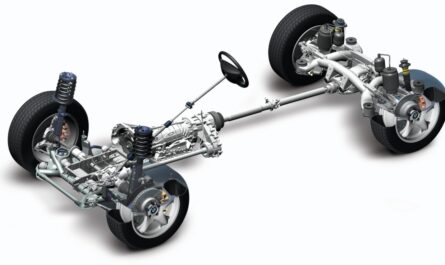Electric scooters have seen explosive growth in recent years and have become a popular new form of transportation in many cities. With their compact size and affordability, e-scooters provide an eco-friendly option for short trips that is faster than walking. As battery technology improves and more infrastructure is built to support them, electric scooters look poised to play a bigger role in urban transportation.
Growth in Popularity
E-scooter usage has skyrocketed since their introduction in many cities just a few years ago. In 2018, the major e-scooter companies like Lime and Bird flooded dozens of cities with their dockless scooters available via smartphone apps. Riders took 38.5 million trips on rentable e-scooters in 2018 across the US and Europe. By 2019, e-scooter trips grew to 84.5 million as more companies entered the market and expanded to additional cities. The COVID-19 pandemic slowed growth temporarily, but e-scooters are now regaining momentum as cities reopen and people choose alternative transportation options. Usage is expected to continue climbing sharply as more cities approve permits and infrastructure improves to better accommodate e-scooters.
Advantages for Short Trips
The average e-scooter trip length is under two miles, making them well-suited for short trips that are too far to walk but don’t justify using a vehicle. E-scooters reduce car dependence for these types of trips by providing a low-cost, space-efficient transportation alternative. For individuals, using e-scooters can save money on gasoline and avoid parking fees. They are convenient for point-to-point trips within cities and can sometimes travel routes vehicles are restricted from. Their green credentials also appeal to eco-conscious consumers looking to reduce their carbon footprint from transportation.
Improving Infrastructure
As e-scooters proliferate, cities are tasking with improving infrastructure to promote their safe use. Many are designating protected bike lanes that can also accommodate e-scooters. This separates them from vehicle traffic and makes scooting more appealing. Other infrastructure additions like demarcated parking corrals help prevent poorly parked scooters from blocking sidewalks. As technology innovations allow for off-street detection, e-scooters may one day operate on trails separate from roads. Better infrastructure creates an integrated transportation network and encourages multimodal commuting that easily combines walking, biking and e-scootering for an end-to-end journey.
New Technologies on the Horizon
Electric Scooters companies continue innovating to expand their addressable market. Scooters with longer battery ranges now allow for trips covering greater distances before recharging is needed. Foldable designs make the scooters more portable for those wanting first and last mile connections with public transit. Some models integrate suspension or larger wheels to tackle rougher road conditions. There is also growing interest in e-scooters for cargo and delivery applications to reduce urban transportation emissions from commercial activities. Self-driving scooters may eventually provide autonomous first and last mile connections linked to mass transit routes. As technologies advance, e-scooters could play an even greater role in sustainable transportation solutions.
Regulatory Challenges Remain
While the appeal and usage of e-scooters rises, regulatory frameworks have struggled to keep pace in many areas. Issues around rider safety, proper parking protocols, and the role of commercial scooter companies operating within public spaces require clearer guidelines. Common regulations being considered and adopted around speeds, helmets requirements, minimum operating ages and designated parking aim to address these challenges while allowing the benefits of e-scooters to continue growing. As the transit option becomes more entrenched, comprehensive regulations will be needed to manage larger e-scooter fleets in a manner that minimizes public nuisance but maximizes sustainable transportation opportunities.
Room for Improvement in Safety
Safety remains a concern with any new transportation technology involving public roadways. While e-scooter injuries still make up a small fraction of total traffic incidents, the risks are greater than other micro-mobility devices due to higher speeds. Head injuries can occur from falls at even modest speeds without helmets. Other common scooter incidents involve conflicts with vehicles at intersections. E-scooter operators themselves sometimes put others at risk through reckless or intoxicated riding. Manufacturers are working to build safety features like automatic braking and larger front wheels into scooter designs. Cities are evaluating helmet requirements and lowering speed caps in crowded areas. Public education campaigns also encourage safe riding behaviors like sticking to bike lanes. Continued focus on safety standards and responsible operation will be important as e-scooters gain wider use among commuters.
The Future Looks Bright
As a new form of urban transportation, electric scooters have already seen tremendous growth but appear poised for much more. With ongoing development of powertrains, batteries and safety technologies, e-scooters will be able to serve a growing number of communities while minimizing risks. Priority should be given to improving infrastructure that protects riders and encourages their multimodal integration with public transit. Achieving wide-scale adoption will require cooperative efforts between municipal authorities, e-scooter companies and citizens. If all parties can work together productively to address challenges, electric scooters show great promise to play an expanded role in addressing mobility needs in an environmentally-friendly way for the future of urban transportation.
*Note:
1. Source: Coherent Market Insights, Public sources, Desk research
2. We have leveraged AI tools to mine information and compile it



